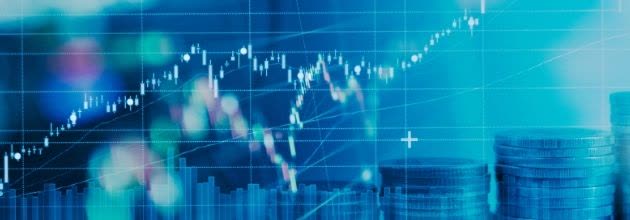
 | Read in Browser | |||||||||||
 | ||||||||||||
 | ||||||||||||
| ||||||||||||
What it means: "A number" of FOMC officials said they believed that the test of "substantial further progress" toward maximum employment had been met. That's important because most Fed members also believe that the price stability requirement had already been fulfilled. Central bankers are looking for both of the standards to be met before the Fed reduces its rate of asset purchases.
"We still think November, but one month isn't going to matter to markets at this point," noted Lawrence Gillum, fixed income strategist for LPL Financial. "There was some interesting discussion on lift-off though and it looks like the Committee remains divided. The future make-up of the Committee only adds uncertainty to when lift-off will actually take place."
Wild card: While the inflation outlook was raised in the near term after much discussion, Fed staff continue to predict the recent acceleration is "transitory." CPI data on Wednesday showed headline prices rising by 5.4% Y/Y in September, marking the fifth consecutive month of annual increases of 5% or more. However, stocks continued to climb during the session as traders appeared to spend much of the last few weeks positioning themselves for a flaming number. (65 comments)
Snapshot: Many investors have been anticipating the ability to trade crypto assets through exchange traded funds, but the SEC has yet to allow ETFs to directly hold things like Bitcoin. In the past, the agency has cited investor hazards like liquidity, manipulation and extreme price swings. The list of issuers that are currently anticipating the approval include names such as Valkyrie, Galaxy Digital, VanEck, ETF Series Solutions, ARK Invest, Invesco and ProShares.
"Before investing in a fund that holds Bitcoin futures contracts, make sure you carefully weigh the potential risks and benefits," the SEC wrote in a tweet late Thursday. "Check out our Investor Bulletin to learn more."
Movement: All the hype is adding to bullish crypto sentiment as Bitcoin traded above $60,000. At that level, the token has doubled in value this year and is near April's record high of $64,895. While the proposed Bitcoin-futures ETFs won't invest directly in crypto, issuers aim to trade futures contracts based on Bitcoin. (77 comments)
U.S. Indices
Dow +1.6% to 35,295. S&P 500 +1.8% to 4,471. Nasdaq +2.2% to 14,897. Russell 2000 +1.7% to 2,271. CBOE Volatility Index -13.2% to 16.3.
S&P 500 Sectors
Consumer Staples +1.2%. Utilities +1.4%. Financials +1.2%. Telecom -0.4%. Healthcare +0.8%. Industrials +1.9%. Information Technology +2.6%. Materials +3.6%. Energy +1.2%. Consumer Discretionary +3.6%.
World Indices
London +2.% to 7,234. France +2.6% to 6,728. Germany +2.5% to 15,587. Japan +3.6% to 29,069. China -0.6% to 3,572. Hong Kong +2.% to 25,331. India +2.1% to 61,306.
Commodities and Bonds
Crude Oil WTI +4.% to $82.53/bbl. Gold +0.6% to $1,768.2/oz. Natural Gas -2.6% to 5.422. Ten-Year Treasury Yield -0.1% to 130.95.
Forex and Cryptos
EUR/USD +0.29%. USD/JPY +1.81%. GBP/USD +1.02%. Bitcoin +11.8%. Litecoin +5.4%. Ethereum +8.3%. Ripple -1.5%.
Top Stock Gainers
Xiaobai Maimai (NASDAQ:HX) +107%. Jasper Therapeutics (NASDAQ:JSPR) +106%. Adamas Pharma (NASDAQ:ADMS) +75%. Protagonist Therapeutics (NASDAQ:PTGX) +70%. Huadi International Group (NASDAQ:HUDI) +69%.
Top Stock Losers
Aerocentury (NYSE:ACY) -32%. Aerovate Therapeutics (NASDAQ:AVTE) -30%. Cortexyme (NASDAQ:CRTX) -28%. Futu Holdings (NASDAQ:FUTU) -27%. Pavmed (NASDAQ:PAVM) -26%.
Where will the markets be headed next week? Current trends and ideas? Add your thoughts to the comments section.


Want More Ideas?
Our best ideas → Stock Ideas
ETF's Investing Ideas → ETF Ideas
Dividend stocks ideas → Dividend Ideas
This email was sent to you because you signed up to receive Wall Street Breakfast.
If you do not want to receive Wall Street Breakfast emails, click here to unsubscribe.
Sent by Seeking Alpha, 52 Vanderbilt Avenue, 13th floor, New York, NY 10017






EmoticonEmoticon